Matthew Ball talks about bringing ballet into the modern day
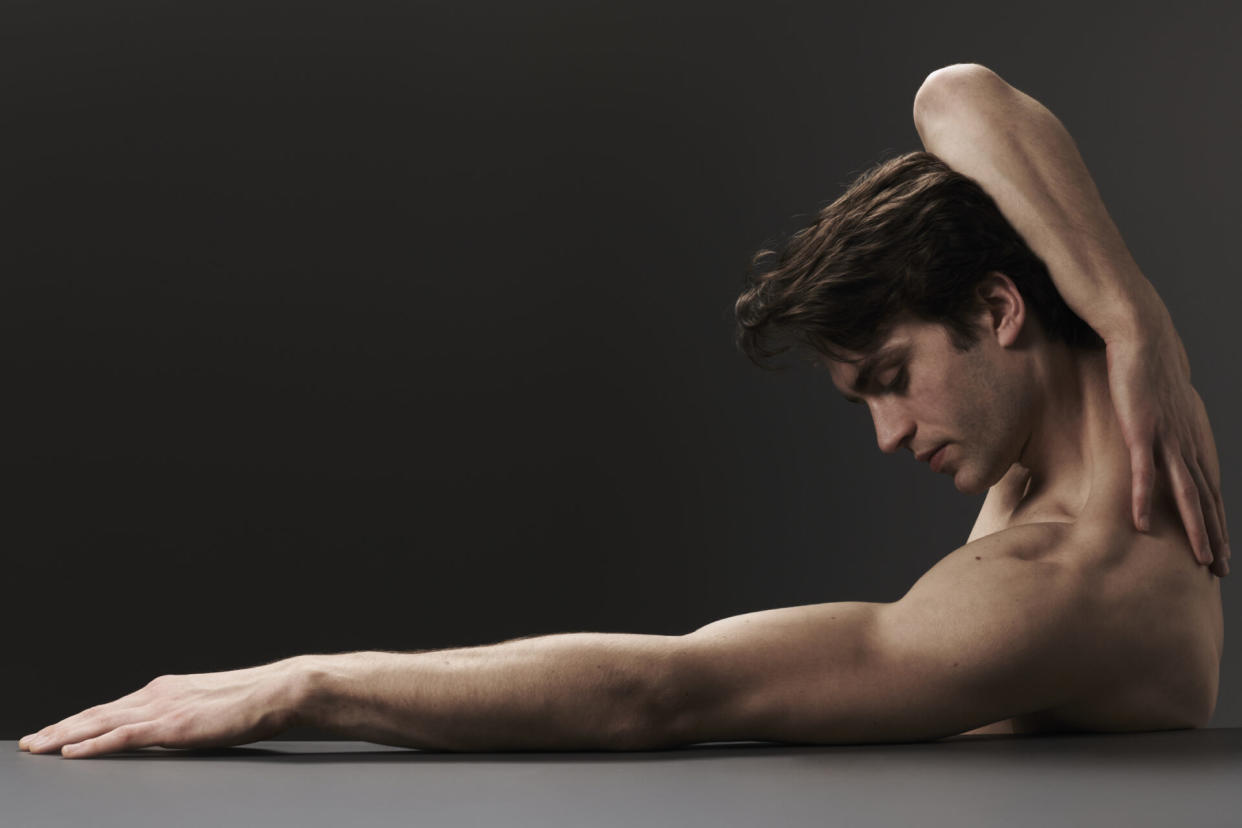
It seems like an oxymoron to say that The Royal Ballet’s production of Shakespeare’s The Winter’s Tale (first performed in 1623) is a modern masterpiece, but that’s what it is. Created by Christopher Wheeldon, the first act of the ballet pulses to the jealous, accusatory heart of King Leontes (performed by principal Matthew Ball) that then puddles into to grief and remorse. The dramatic set design by Bob Crowley – that in the first act includes sweeping staircases, brutal and unkind architecture mixed with classic sculptures – match the choreography, which is full of staccato, fraught movements of jealous rage performed by Matthew in the role of the jealous king. The second act of the play makes way for frivolity and forbidden love, with merriment and lightness, before returning in the third act for resolution and remorse.
The role of the jealous King is both a mentally and physically tough one to play, with heightened, wildly oscillating emotions that require plenty of acting as well as dancing, something that Matthew excels and thrives at. Ball naturally cuts a regal and elegant silhouette on stage, so the role of a monarch fits him perfectly, but it is the darkness and the emotional journey to reconciliation that really shows his skill as a performer. Cinemas are showing the Royal Ballet’s performances from 22nd-29th May around the UK, which enable you to see his nuanced performance, along with the wonderful Marianela Núñez, who plays his wronged wife Hermione.
You are playing Leontes in The Winter’s Tale. It’s a very intense role to play, with a lot of emotions. What sort of headspace does that put you in, pre-show?
It’s one of those roles that you’ve put yourself into this very extreme heightened place. The ballet really tells the story very accurately and succinctly. By the time you finish the first act, which is perhaps like the most intense, dramatic one, you literally feel like “Oh, my God, what just happened?” You see your friends around you and you’re like, “Guys, I’m okay. You’re looking at me weird, but that was that was acting.” (laughs.) In terms of preparation, I had a look at the text, and also, I’ve been in the production before.
The last time we put The Winter’s Tale on, I wasn’t in this role, but one of the things I think is always interesting and an important, is being part of a company for a while. This ballet was one of the first productions I was involved in when I joined the Royal Ballet, and it was right at the beginning when it was in its creation. I saw Chris working on it in the studio, whilst it has been created, and then have danced and been stepping up the ladder a little bit, if you like, over the past 10 years. I think during that time, you start to understand ballets better. You start to get a sense of what the arc of the whole story is, what the characters are like and what you might like to do with some of the characters if the chance comes up (to perform them). We also have a really great creative team working with us. Chris was here, once we’d learned the ballet, to talk us through some of the intentions that he really wanted to keep, like some of the finer details and things like that. We’ve been working with the Zenaida Yanowsky our coach who also has an incredible eye and sort of taste for acting and drama and stuff like that. So, there’s, always several factors that come into it. And then I do feel like it’s definitely one of those roles that your first try is by no means a definitive version. So, I’m excited already to be going out there again and seeing where it takes me next time.

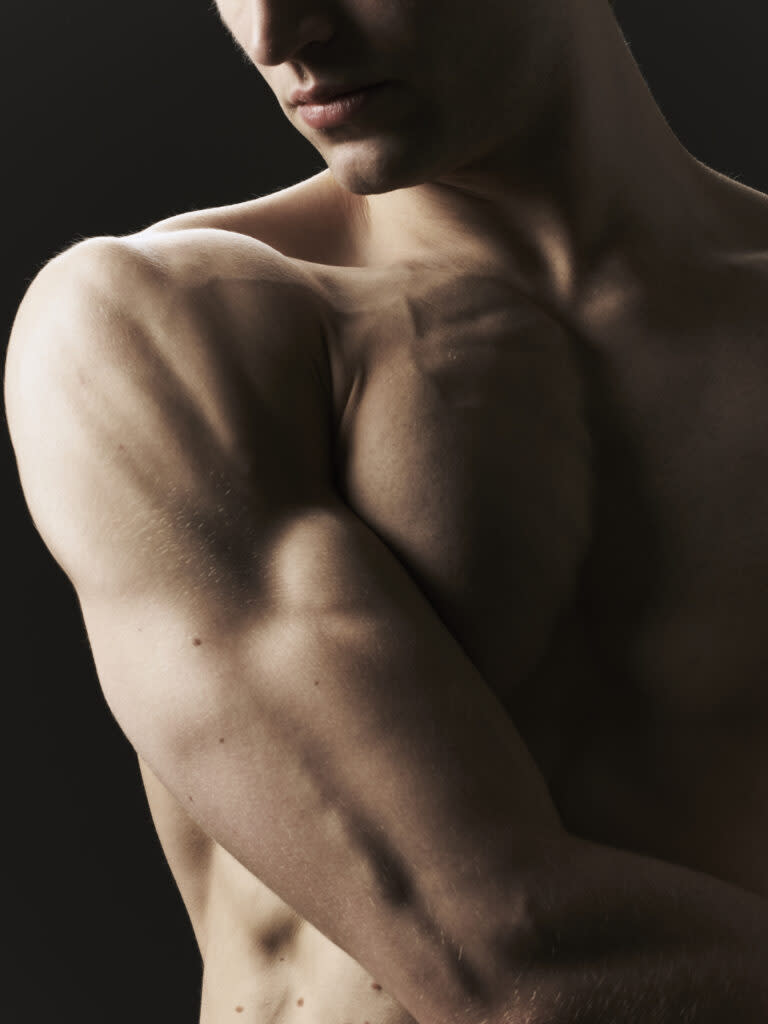
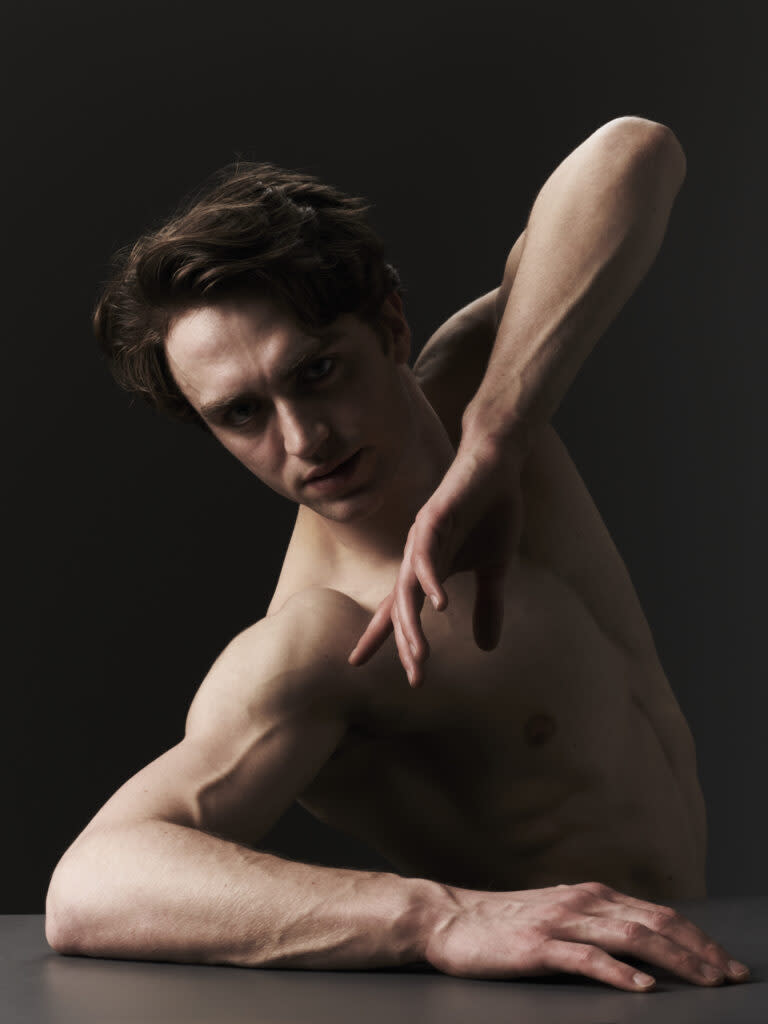
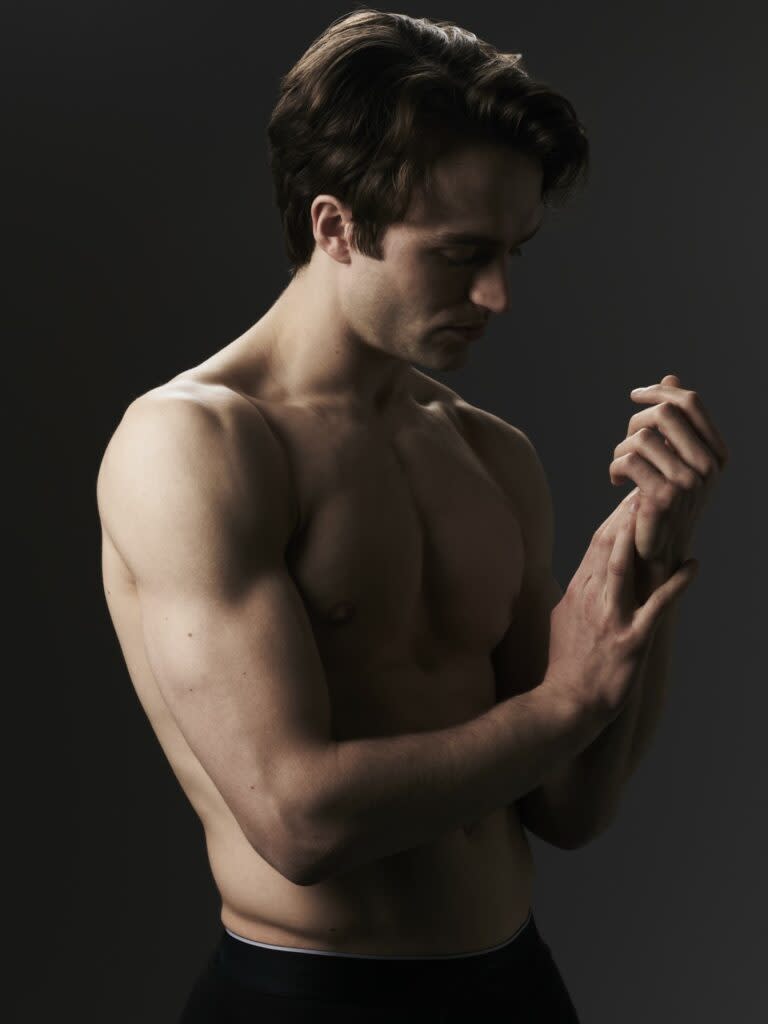
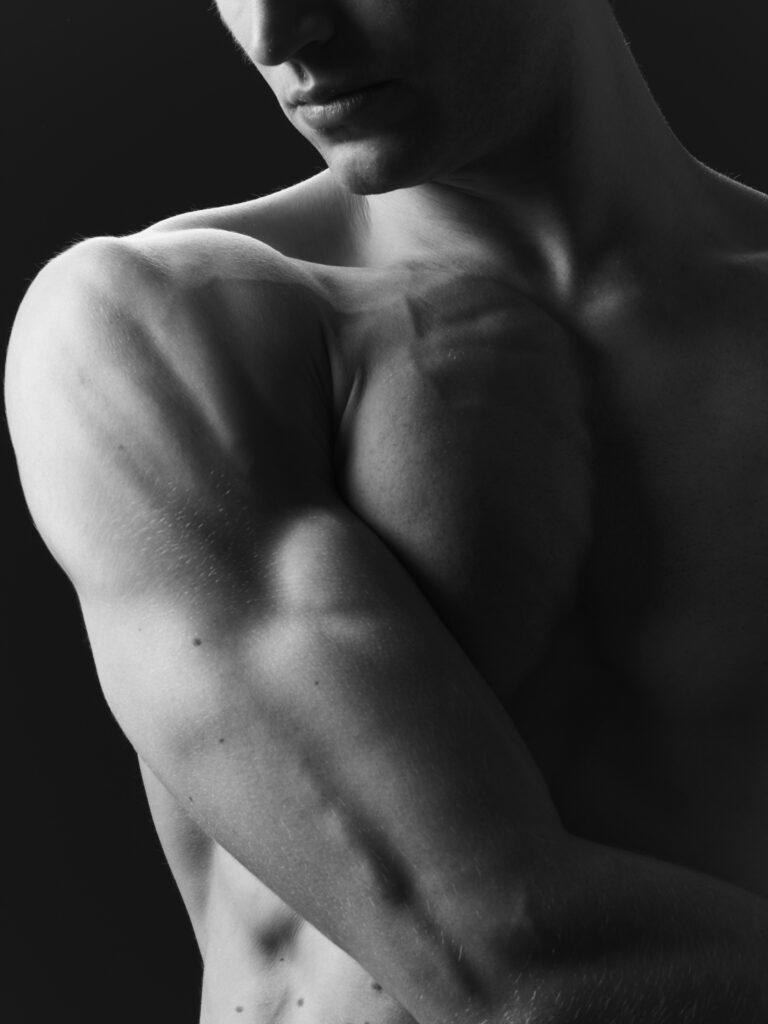
How did you feel after you have finished your first performance of it, as it’s so intense?
The ballet finishes with a very tender pas de deux. It’s a mix of emotions in a way because Leontes is basically asking for forgiveness from Hermione (who he has wronged). I think she’s obviously not going to give in right away and be like, “Oh, come to me all is forgiven.” So, there’s a kind of dynamic of her accepting you back into a life together and kind of redemptive quality. But of course, that comes tinged with quite a lot of bittersweet feelings as well because their son has died, and then she meets her daughter who had been sent away for years, so although it is a sort of resolution it’s not a happily-ever-after resolution. There’s a coming together there’s a healing has happened between the relationship, but there is still a scar that will never heal. That sort of thing on stage feels cathartic for me as a performer, and I hope hopefully for the audience that is the affected well, At the end, I kind of walk into the wings and there’s a real exhale and sort of gratefulness in a way- in terms of the character, but also as a performer. I feel grateful to be to be doing a role like this. It’s exactly the sort of work that I love doing- complex characters, display and emotions that aren’t just the kind of happy side in love. For me, it was a really special as well, because my dad is like a big Shakespearean buff. He studied classics at university and there’s always been a passion for theatre and drama and even acted in a few Shakespeare plays himself, so I love being able to do that for him as well.
I presume he has been to see you in Romeo & Juliet before then?
Yeah, he’s seen Romeo and Juliet and other stuff, but I feel like it has a life of its own, though, because it’s been around for quite some time (laughs) and I feel like it’s such a big iconic story that everyone like almost knows it. With The Winter’s Tale, I haven’t I haven’t asked Chris this, but I reckon he was quite savvy about doing this play. Apparently, people call it one of Shakespeare’s problem plays, in that it’s a bit imperfect and it’s not so frequently performed. I reckon Chris was probably a bit like, “Let’s go for let’s not do Hamlet or Macbeth, Romeo and Juliet, let’s do something that’s a little bit different.” People need to be drawn into things in a new way and intrigued by a production. It’s a beautiful design as well which I think is really cool. I was comparing it the other day to Macbeth by Joel Cohen, They use these really graphic sets as well, with these big fortresses and stuff, and it’s all in black and white and looks a bit like a graphic novel and actually quite similar in some ways to the Bob Crowley designs.

You love doing projects outside of the Royal Ballet, whether it’s fashion projects, choreography or other creative ventures. What else are you doing at the moment?
So, at the minute, I’m creating a piece for New English Ballet Theatre, which is a company that focused on giving experience to younger dancers, some of the stuff in period like transitioning between being students and professionals. It’s almost like a junior company setup. For me, it’s a really nice opportunity to get to work with a bigger group of dancers than I usually would, than the more volunteer-based sort of stuff that we do here at the Opera House from time to time, so that’s really enjoyable for me to have the opportunity to start kind of scaling up (teaching) at least very slowly. It’s how I want to be doing it rather than trying to run before I can walk. I really enjoyed that the opportunity to have a voice that’s not imposed upon me. I think the nature of collaboration is really interested in and I very much enjoy working with choreographers and stuff like that.
As a dancer, there’s very often or at least kind of inevitably, a sense of you being the instrument of someone else and having to the source material, and then you can kind of use that as a stepping stone to find your own interpretation, if you like, which, of course gives you quite a lot of creative freedoms. But there is something quite liberating, I would say, about really having the birth of an idea in your head, translating that into someone else. And bringing something to the stage that wouldn’t be there if it wasn’t for your creative impulse. So that’s, that’s something that I find, like really interested in and As well as that, there’s always interesting collaborations that I have enjoyed over the years, working with quite a few photographers in fashion and things like that as well. I think that that conversation if you like between dancers and photographers or people trying to capture the essence of movement is interesting. And that’s led on to me working with some sculptors and one in particular who is documenting a series of dancers and then a couple of sculptures of me already. That’s just something that’s naturally evolving and you meet new people and new people get inspired by dance kind of bringing them to it and seeing what their responses as well.
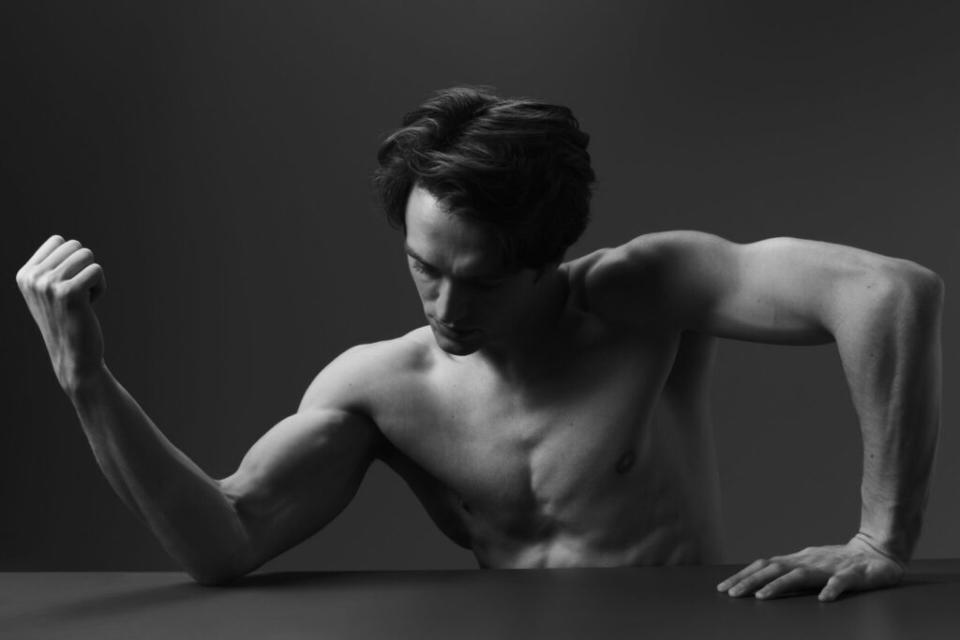
You work on a lot of modern productions too. If you were to create a piece, are there any musicians or composers you would like to create a piece with?
To be honest my music tastes pretty eclectic (laughs) I do love classical music and I rifle through quite a lot of it, to be honest. But there’s a couple of like British guys, such as Jacob Collier and Fred Again, who I think are like really interesting and multitalented. Also, electronic musicians that I think would be really interesting to see. James Blake for example has been used for several ballets now.
There would be something very interesting about using musicians who are very comfortable in the world of electronic music as well as being multi-instrumentalist and also being happy with using acoustic instruments. Of course, it’s not necessarily the only thing we can use in a ballet but if you’re doing a piece for a ballet company, typically have a whole orchestra at your disposal, disposal, so I think that I think there’d be something very interesting about that.
What’s on your playlist at the moment?
(Laughs) I have been listening to a lot of Fred Again quite a lot recently, but because of this piece I am creating now, I’m using Monteverdi. It’s very old Italian music and quite a lot of sacred work. So like, even just when I’m trying to like kind of think and imagine that I’m putting on like playlists of stuff like Renaissance Polyphony and stuff like that so it’s two extremes but the way I like it! (laughs)
Is your Spotify wrapped/apple music at the end of the year an absolute mess then?
Yeah, it’s an absolute joke!

Going back to your sculpture. It’s almost a lost art these days. How does it feel to be honoured in such a way?
Yeah, I think there’s something different about your form being created in a 3D space. For it to actually exist physically and it to be a lifelike version of you is a bit uncanny. I do feel like it seems to be one of those arts from another time. I love the amount of care and attention put into it. In the same way that you watch an anime and it’s amazing as every little thing on screen. Someone’s thought of that and put it in and lovingly detailed it. I think it’s the same thing with sculpture, the fact that like every inch of it has been touched by a person’s hand and moulding it and stuff like that- as a process, that’s something really beautiful.

I think there’s always something interesting the different forms that people are the different mediums that people use to create art and sculpting s definitely one of them. I mean, literally the nature of putting something up on a pedestal for people to look at look at is already quite “Oop, that’s quite serious” (laughs) and there’s something about the longevity of it I guess. We think of sculptures and immediately think of antiquity and romans or Greeks. I’m not sure my sculptures will be around quite as long, but there is something about it that’s amazing.
Is there anything you’re excited about for the rest of the season?
Well, The Winter’s Tale is the last one of the season with the Royal Ballet, and then I go to Hong Kong. They’re creating a new production of Swan Lake, which I’ll be involved in the premiere of, which is pretty exciting. I am going to be out there very soon to take part, which is a little bit confusing for the head, as we’ve only just finished our own production of Swan Lake here. Then I come back for a couple of weeks for the premiere of the piece from my own choreography and we have a small group of dancers from the Royal Ballet foin to Jacob’s Pillow, which is a festival in New York State. It’s out in the countryside. We’re bringing a gala performance, of a nice selection of the Royal Ballet canon.
The Winters Tale is on at the Royal Opera House until 1 June.
Their live cinema relay is on Wednesday 22 May 2024 at 7.15pm, witheEncore screenings from Sunday 26 May 2024 at 2pm in the UK. You can find a screening here.

 Yahoo News
Yahoo News 
